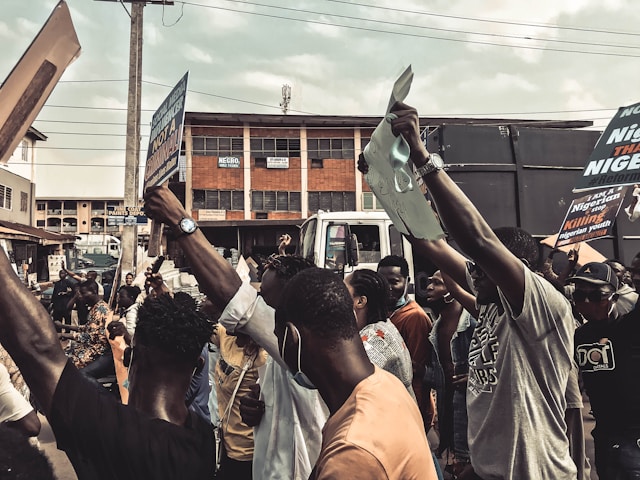Between June 26 and 28, thousands of demonstrators gathered to oppose constitutional reforms that many believe allow President Faure Gnassingbé to cling to power indefinitely. Gnassingbé, who has ruled since 2005 following his father’s 38-year rule, was recently sworn in as president of the Council of Ministers—a powerful position without term limits under the country’s newly adopted parliamentary system.
The government met the protest with violence. Civil Society groups report at least four deaths, dozens injured, and over 60 arrests. Verified footage shared online captured scenes of brutality, including beatings and civilians dragged away by unidentified men. Despite Togo’s long-standing political stagnation and a weakened opposition, this wave of unrest marked a shift—driven largely by young people.
Most of the protesters were under 25, part of a generation raised under Gnassingbé’s rule, disillusioned by joblessness, failing infrastructure, and limited freedoms. The elimination of presidential elections and term limits from the new political framework was a breaking point. The government tried to quell the unrest by withdrawing a steep electricity price hike and quietly releasing activist singer Aamron, whose arrest had sparked widespread outrage.
What set these protests apart was their leadership. Traditional opposition parties—worn down by years of cooptation and exile—played a minimal role. Instead, the movement was led by civil society activists, diaspora influencers, artists, and everyday citizens. According to local activist Koudjo, “The opposition has been exhausted… the youth has stepped in.”
Institutional voices soon joined the growing chorus of concern. Civic organizations condemned the government’s harsh response and called for independent investigations. The Media Foundation for West Africa warned of a deteriorating climate for free expression, a concern echoed by international observers. Even Togo’s typically reserved Catholic bishops issued a stark warning about the dangers of continued repression and called for inclusive national dialogue.
Togo’s unrest reflects a broader regional trend in West Africa, where youth-led movements are rising against entrenched political systems.
From Senegal to Burkina Faso, young people are using protests, social media, and transnational networks to challenge regimes they see as outdated and unaccountable. Though rooted in local grievances, Togo’s protests are part of a regional demand for political renewal.
The government, however, has defended its actions. Public Service Minister Gilbert Bawara dismissed the protests as disorderly and denied systemic abuses by security forces. He claimed the constitutional changes were legally enacted and urged critics to seek redress through democratic institutions. Yet, many argue that these institutions lack real power, as the ruling party dominates state mechanisms and suppresses opposition through coercion and manipulation.
After days of intense protests in Togo’s capital, Lomé, the streets have quieted, but tensions remain high. Although barricades have been dismantled and the chants silenced, a heavy security presence persists at key locations, and public anger continues to simmer beneath the surface.




